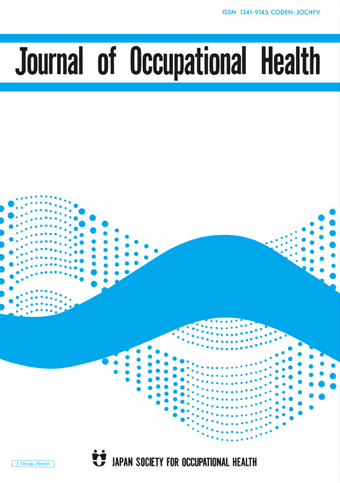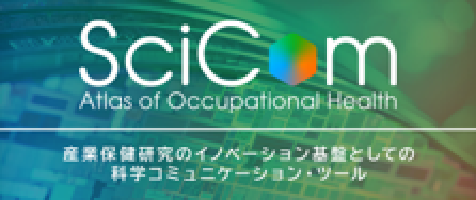Are Chemical Safety Gloves Truly Safe?
Chemical protective gloves are used in lab and industries all over the world to stop toxic and other harmful chemicals from touching the skin. There are concerns that some chemicals penetrate through glove material or get in through the glove cuff, and that the workers handling chemicals in general lack the necessary awareness when dealing with the absorption of dangerous and toxic chemicals through protective gloves.
While permeability tests are nothing new, industrial standards require expensive and specialized equipment, are limited in measurement time, and perform tests only on part of the fabric. If we don’t measure the permeability of whole gloves, we may be overestimating the existing safety precautions. Different parts of gloves have different thickness and different permeability, which means that whole glove measurements are important. To plug this knowledge gap, a team of scientists from Japan have devised a simple, efficient test method for measuring permeability in whole gloves for a longer time than traditional methods.
Seven different types of glove materials typically used in industry were tested against toluene, a strongly toxic solvent and gas that can penetrate the skin and is known to affect the nervous system but is reasonably common around academic chemistry labs and in industry itself. First, each fabric was cut into layers and examined. Four of the glove fabrics were found to give an associated measured permeation time of less than 10 minutes.
Then, the whole gloves were tested directly; here, the glove was placed on a dummy hand inside a gas flow cell, small instruments measuring toluene levels were placed both inside and outside the glove, and the difference in toluene levels was checked, to measure toluene permeability. The scientists found that gloves of layered nylon and a polymer called ethylene-vinyl alcohol copolymer were the only ones to provide complete protection over 24 hours. For more common glove types, nitrile rubber gloves outperformed polyethylene significantly.
This simple method gives more valuable predictions for practical usability. Nevertheless, the use of gloves in practice is broad, demanding investigation into more types of gloves and test substances. While there is much to further develop, it is clear that this study provides a simple blueprint toward a safer chemical future.
Link to the original journal article:
https://www.jstage.jst.go.jp/article/eohp/3/1/3_2020-0027-OA/_article/
Development of a simple method for determination of gas permeability resistance of whole chemical protective gloves
Takamasa Aoki, Satoko Iwasawa, Shinobu Yamamoto, Akito Takeuchi, Shigeru Tanaka, Hiroyuki Miyauchi
Here are some ways you can make it easier for your plain-language summary to be discovered once it has been published:
- Upload the summary on your personal, lab/research group, or university website.
- Share the published content with peers and colleagues through your personal social media accounts (Facebook, Twitter, Blogs, and LinkedIn). Link this back to the journal’s social media promotions for your paper.
- Include the link to the published post in your email signature line.
News & Announcement
-
Mar 14, 2025EOH-P has been listed on PMC/PubMed!The articles published in EOH-P have been registered with PMC/PubMed, the U.S. Nation...
-
Jun 11, 2021Lay Summary page open!Lay Summary page provides you article summaries in order of study categories. You can...
-
Oct 1, 2019EOH-P is now released!The Environmental and Occupational Health Practice (EOH-P) has been released. Please ...
Journal Info
Average 46.14 days from submission to first decision
Average 120.95 days from submission to acceptance







